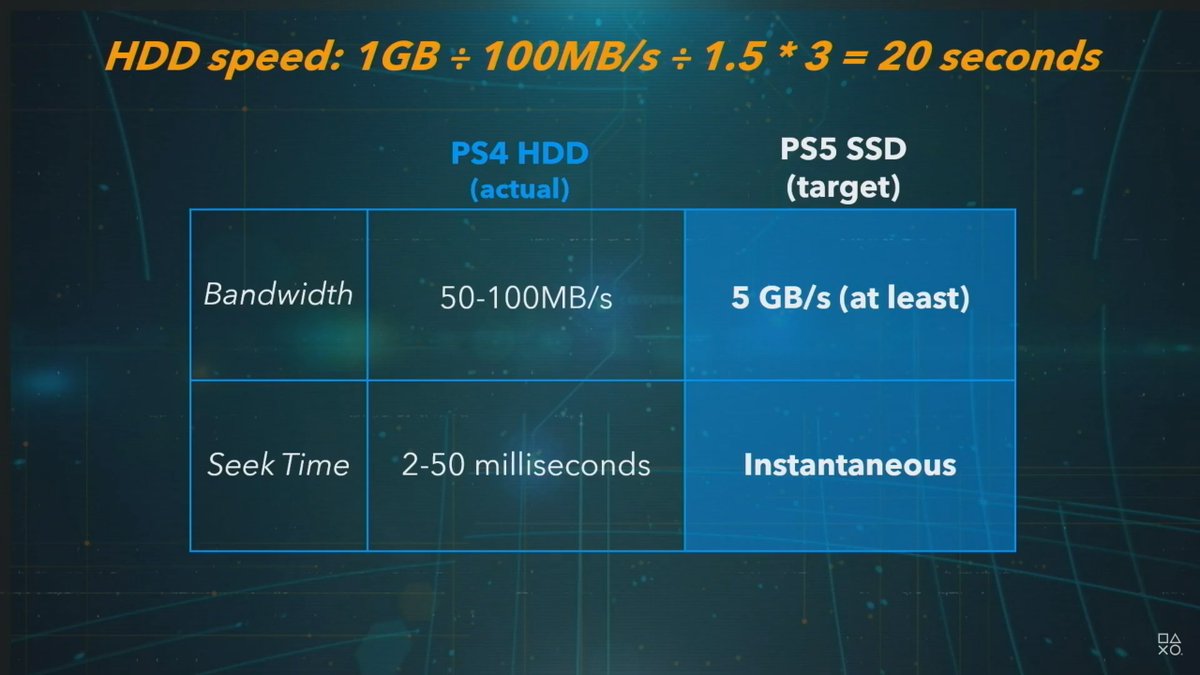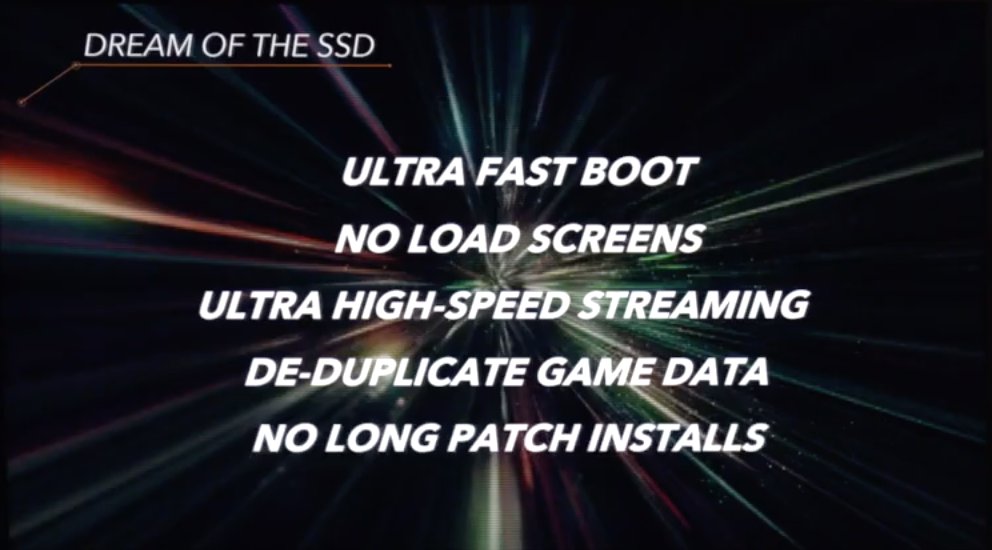Digital Foundry:
Sony's pitch is essentially this: a smaller GPU can be a more nimble, more agile GPU, the inference being that PS5's graphics core should be able to deliver performance higher than you may expect from a TFLOPs number that doesn't accurately encompass the capabilities of all parts of the GPU. Developers work to the power limits of the SoC, their workloads affecting frequencies on the fly - but it's those factors that impact the clock speeds, not ambient temperatures.
Cerny acknowledges that thermal solutions on prior generation hardware may not have been optimal, but the concept of operating to a set power budget makes the concept of heat dissipation an easier task to handle, despite the impressive clocks coming from the CPU and GPU.
"In some ways, it becomes a simpler problem because there are no more unknowns," Cerny says in his presentation. "There's no need to guess what power consumption the worst case game might have. As for the details of the cooling solution, we're saving them for our teardown - I think you'll be quite happy with what the engineering team came up with."





